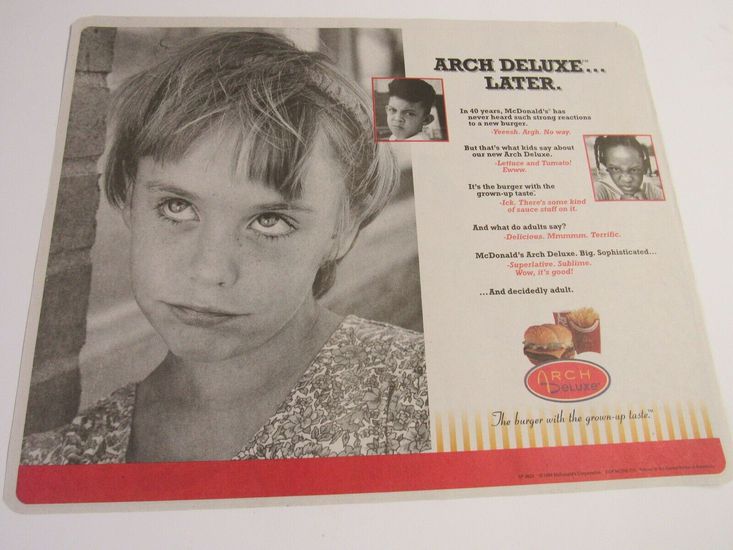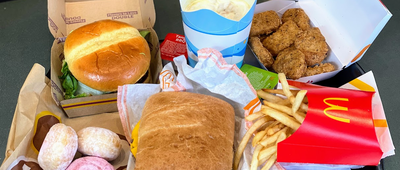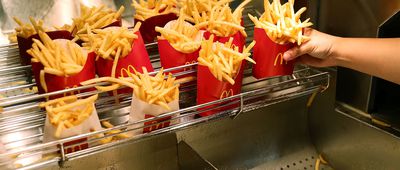Not Lovin' It
Fast-food restaurants make some of our favorite guilty pleasures, many of which have reached iconic status. But it takes a lot of experimenting to score a hit the likes of the Big Mac, Whopper, or Frosty. Whether they missed the mark on taste, customer enthusiasm, or something else, here are some of the biggest fast-food flops from the past few decades, including a burger that's getting a second chance to impress math-challenged Americans.
Related: Fast Food Restaurants Then and Now





























